Sharing can be done if you design with care. Looking at your two devices I would place the 32.768KHz crystal very close to the BNO055 device. That chip would utilize its internal oscillator between the XIN32 and XOUT32 pins to make the actual crystal oscillate.
From the BNO055's XOUT32 pin you would just route a single conductor to the nRF52 device. You will have to look closely at the nRF52's data sheet to see which one of the XL1 and XL2 pins is the oscillator input pin. It is the input side that you want to connect the signal from the BNO055's XOUT32 pin. You will leave the output side of the nRF52's oscillator open circuit.
Another important consideration is that the nRF52's oscillator input and the connecting trace will add some picofarads of capacitance to the crystal oscillator so you would ideally need to reduce the crystal matching capacitance on the BNO055's XOUT32 pin by an equivalent amount that was added by the nRF52's input.
If either of these chips is powered off separately from the other it may cause problems with the coupled oscillators so make sure you prototype the proposed circuit and power cycle the one component that goes off to make sure there is no disturbance to the other device.


